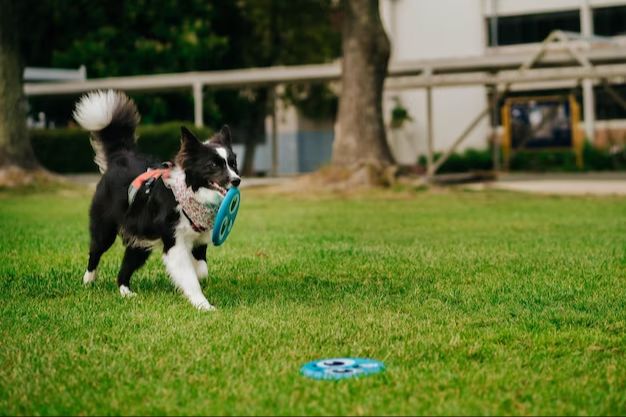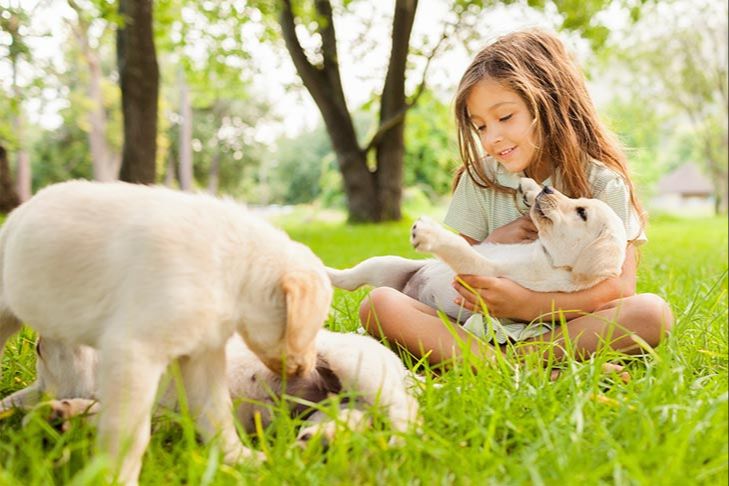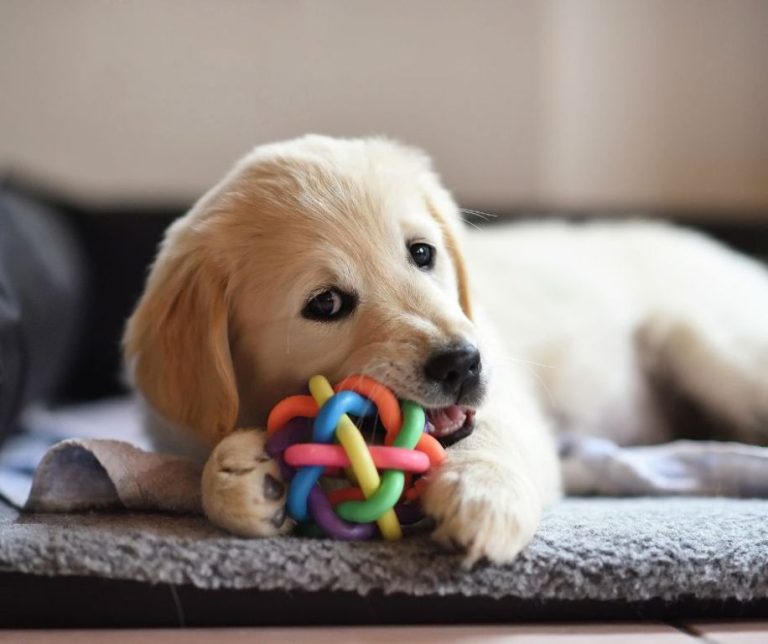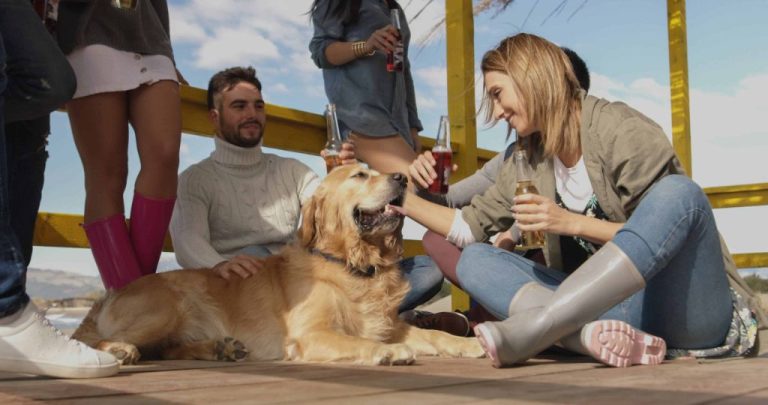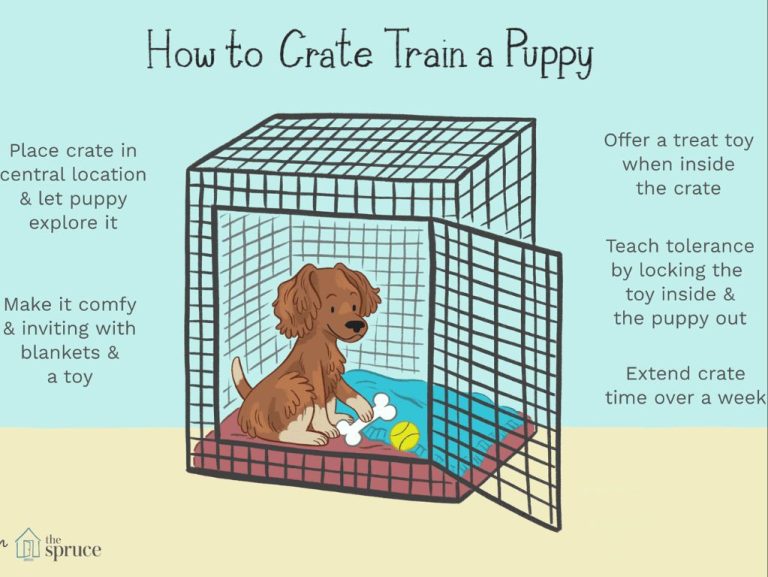Beginner’S Guide To Crate Training Your Dog
What is Crate Training?
Crate training is the process of training a dog to be comfortable spending time in a crate or cage. It involves acclimating the dog to voluntarily enter and remain calmly in the crate for extended periods of time without signs of fear or anxiety (Wikipedia, 2022).
There are several benefits to crate training dogs properly:
- It provides a safe place for the dog when unsupervised
- Aids in housetraining dogs
- Helps reduce anxiety for dogs prone to separation issues
- Gives dogs a comfortable, secure space of their own
Some misconceptions about crates are that they are cruel or akin to jailing a dog. However, when introduced positively and used correctly, crates provide dogs with a comfortable den-like area to relax in. The crate should be adequately sized for the dog and never used punitively (The Humane Society, 2022).
Crate training is an effective method of housetraining your puppy or adult dog. The crate acts as a psychological “den” where your dog feels secure, comfortable, and less likely to soil their space. However, choosing the right crate is imperative for creating this safe space.
Choosing the Right Crate
When selecting a crate for your dog, you’ll need to consider the appropriate size, material, and style. Make sure to measure your dog and choose a crate that allows them to stand up, turn around, and lie down comfortably. However, the crate shouldn’t be overly spacious.
For crate material, plastic crates are affordable, easy to clean, and great for travel. Wire crates allow for more ventilation and visibility. Soft-sided crates are lightweight but less durable. There are even furniture style crates that blend into home decor.
The most common types of crates include:
- Wire/metal crates – Well-ventilated, collapsible, and easy to clean
- Plastic crates – Sturdy, opaque, and suitable for air travel
- Wooden crates – Attractive furniture-style option
- Soft/fabric crates – Lightweight and portable but less durable
Consider your dog’s needs, personality, and the main use of the crate to determine the best size, material, and style. Proper crate selection helps create a secure den environment.
Crate Location
When choosing where to put your dog’s crate, there are a few key factors to consider:
During the day, it’s best to place the crate in a high-traffic area like a kitchen, living room, or den so your dog feels like part of the action. However, make sure to avoid areas with excessive heat, cold or drafts. According to this source, spare rooms like a guest room or office can also work well for crate location.
For nighttime, many experts recommend keeping the crate in your bedroom, so your dog can sleep near you and not feel isolated. Having the crate in your bedroom also makes it easier to respond to whining or restlessness during crate training. Some people prefer to keep the crate out of the bedroom for privacy reasons – in this case, place it just outside with good air flow and warmth.
No matter the location, make sure the crate is easily accessible, so you can let your dog out for potty breaks. Avoid cramped, cluttered areas or spots that will get loud, cold, or too warm. Place the crate on a non-slip surface and don’t move it frequently once your dog gets accustomed.
Introducing Your Dog to the Crate
Introducing your dog to the crate should be a positive experience. Start by placing treats and their favorite toys inside the crate to encourage them to enter. You can also feed your dog their meals inside the crate to create positive associations. According to the Humane Society, “Feed your dog his regular meals in the crate with no hesitation. This will create a pleasant association with being in the crate.” (https://www.humanesociety.org/resources/crate-training-101)
Make sure to praise and reward your dog lavishly every time they enter the crate. You can even give them a special treat they only receive when going into their crate to get them excited about going inside. Take it slow and at your dog’s pace when first introducing the crate. Don’t force them in. With positive reinforcement it should not take long for your dog to happily enter their crate.
Crate Training Schedule
Establishing a proper crate training schedule is key to helping your dog adjust to their crate. The schedule should gradually increase the amount of time your dog spends in the crate during the day and night.
For the first few days, only crate your puppy for 1-2 hours at a time. Take them out frequently for potty breaks and lots of praise and playtime when they go outside. After about a week, you can increase to 2-3 hours in the crate at a time. Build up to 4-5 hours during the day over the next couple of weeks.
At night, your puppy will need potty breaks for the first few months. Start with 4-5 hours crated overnight, taking them out once. Slowly extend the time by 30-60 minutes each week. By 4-6 months old, your puppy should be able to sleep soundly through the night without needing to go out.
Make sure your dog is getting enough exercise, play, and attention when they are out of the crate during the day. This will help them relax and rest while inside. Stick to a consistent schedule as much as possible. Crating your dog for increasingly longer periods will teach them to hold their bladder and bowels.
Sources:
How to Create a Crate Training Schedule for a New Puppy or Dog
A Crate Training Schedule for Your Dog — The Benefits and Uses
Crate Training Tips
There are some helpful tips to make crate training easier on you and your dog. First, provide comfort items in the crate like a soft blanket or favorite toy to help your dog feel relaxed and at home (The Humane Society). The crate should feel like a safe den and be associated with pleasant things. Second, if your dog cries or barks in the crate, avoid letting them out until they settle down. Otherwise, they will learn that unwanted behavior gets them released. Be patient and try distracting them with a treat-dispensing toy (AKC). Finally, reinforce calm and quiet crate behavior with praise and rewards. When your dog is relaxing in the crate with no fuss, occasionally toss treats and tell them “good quiet” so they learn that silence and calmness is desired.
House Training
Using a crate can help speed up house training for puppies. The crate serves as a dog’s “den” and dogs naturally try to avoid soiling in their sleeping area if possible. Take your puppy out to their designated potty spot, such as a pee pad or outdoors, first thing when taking them out of their crate. Puppies need to go potty frequently, as soon as they wake up, after eating or drinking, and after playtime. Establish a routine potty schedule such as first thing in the morning, after each meal, after naps, after playtime, and before bed.
A typical house training schedule for an 8 week old puppy may look like:
- 6:00am – Take puppy out of crate and directly outside to potty spot
- 7:00am – Puppy eats breakfast, then take back outside after 10 minutes
- 8:00am – Naptime in crate for 1-2 hours
- 10:00am – Take puppy outside immediately after waking up
- 11:00am – Playtime, take back out after 20-30 minutes
- 12:00pm – Puppy eats lunch, take back out after 10 minutes
- 1:00pm – Naptime in crate for 1-2 hours
- 3:00pm – Take puppy outside immediately after waking up
- 4:00pm – Playtime, take back out after 20-30 minutes
- 6:00pm – Puppy eats dinner, take back out after 10 minutes
- 9:00pm – Final potty break before bedtime
Follow this schedule consistently and use verbal cues like “go potty” when taking your puppy to their designated area. Be patient and reward successes with treats and praise. Most puppies can be fully housebroken in 4-6 months using the crate training method.
Traveling with a Crate
Using a crate while traveling with your dog in hotels, cars, and planes can help keep them comfortable and secure. There are a few things to consider when traveling with a crate:
In hotels, a crate gives your dog a familiar place to sleep. Be sure to bring any cushions or bedding from home that will make it cozy. Many hotels allow dogs these days but always check ahead of time and clarify crate policies.
In cars, securing the crate prevents it from sliding around and minimizes car sickness. Crash tested models like those from Sleepypod provide an extra level of protection. Refer to manufacturer guidelines for proper installation.
On planes, soft-sided airline approved travel crates like the Petmate Vari Kennel are required for in-cabin pet travel. Hard-sided kennels can be used for cargo hold travel. Airlines have specific crate size requirements based on your dog’s measurements.
Rolling travel crates allow for easy transport through airports. Models with telescoping handles, wheels and lash points like the Arf Pets Soft Crate provide convenience without compromising security.
Wherever you travel with your dog, always check airline, hotel, and public transportation policies in advance. Proper identification should always be attached to the crate or your dog’s collar.
Potential Problems
When crate training your dog, there are some potential problems that could arise:
Separation anxiety: Some dogs with separation anxiety can develop bad habits like barking, whining, pacing, chewing on the crate, urinating, or defecating while confined. This anxiety stems from being left alone. To prevent this, make sure to gradually increase the amount of time your dog spends alone in their crate, accompanied by treats and toys to associate it with positivity. Consider calming aids like a Thundershirt or calming chews if the anxiety is severe. Reference: (source).
Continued resistance: If your dog continues resisting the crate despite a slow acclimation process, go back to basics. Make sure the crate is comfortable with appropriate bedding, and ensure you are following a schedule to build positive associations like feeding them in the crate. Double check that the crate is the right size – too large and your dog may go potty or feel anxious, while too small can be uncomfortable. Be patient and reward calm behavior in the crate. Reference: (source).
Injuries: An excessively anxious dog may attempt escape and risk injury. Use wire crates instead of plastic to avoid damage from biting. Remove collars with tags when inside to prevent getting caught. Consider covering the crate partially to minimize overstimulation. Most importantly, do not use the crate to punish your dog as this worsens negative associations. Reference: (source).
When to Discontinue Crate Use
There is no set age when you should stop crate training your dog, as each dog matures at a different rate. However, there are some signs to look for that indicate your dog may be ready for more freedom.
According to Redditors on r/Dogtraining, most dogs can stop being crated during the day by 12-18 months of age. Your dog should be able to hold their bladder for at least 8 hours before being left uncrated. They should also no longer be destructive or have accidents in the house when briefly left alone.
Before leaving your dog uncrated for longer periods, WikiHow recommends testing them first. Start with 30-60 minutes alone outside the crate and slowly build up the time. If they have no accidents or destructive behavior, they may be ready for more freedom.
To transition your dog from the crate to free roaming, start leaving the crate door open during the day while you’re home. You can also replace the crate with a dog bed, using baby gates to confine them to a safe area at first. Provide plenty of toys and activities to prevent boredom leading to unwanted behaviors. It’s important to slowly acclimate them to spending time loose in the house.
Every dog adapts at their own pace, so be patient during this process. If you transition too fast, you may need to reintroduce crating until your dog shows consistent readiness. With time and maturity, you’ll know when your dog is prepared for full freedom in your home.

